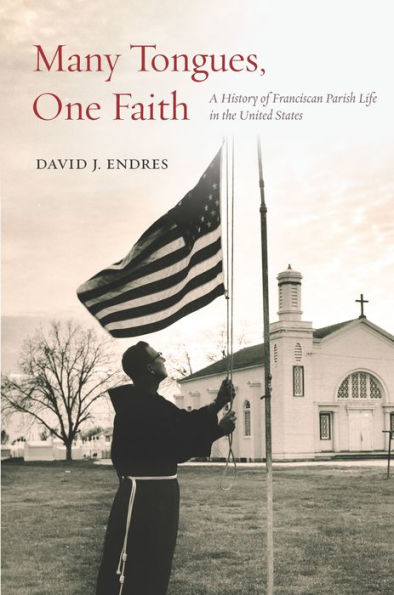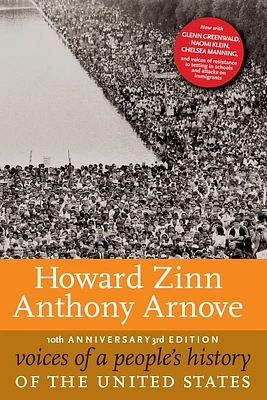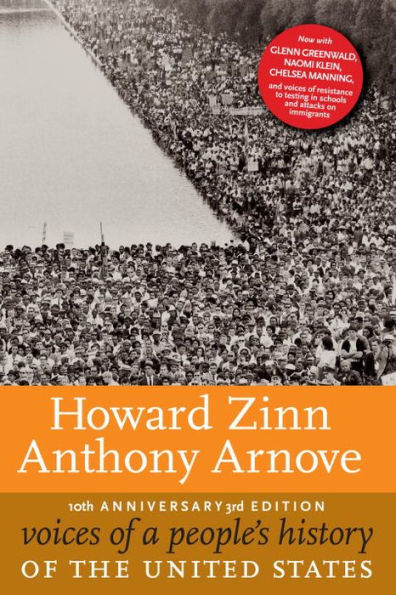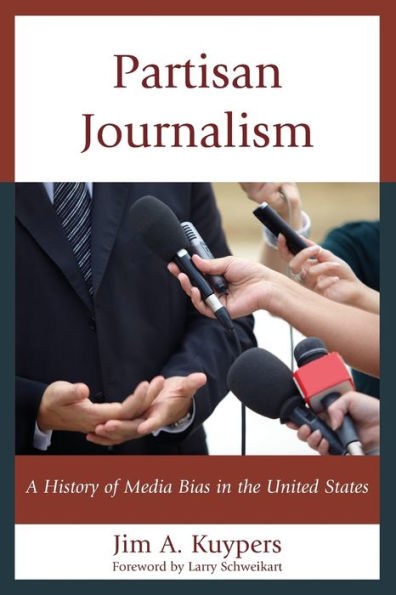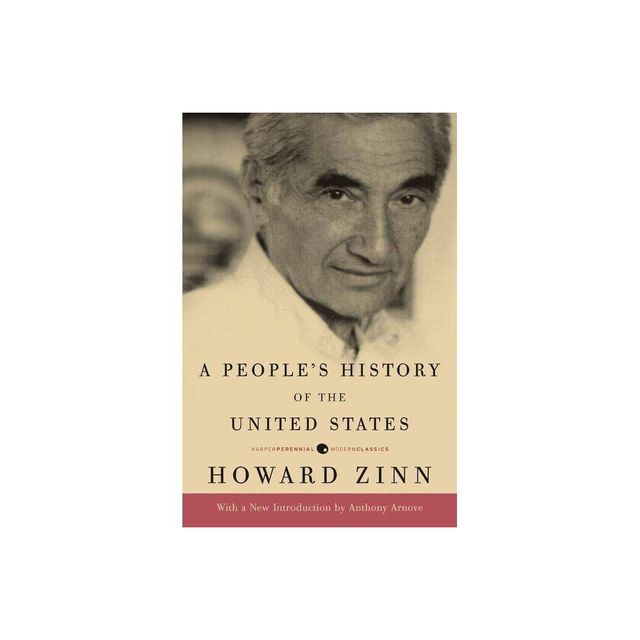Home
Voice of Empathy: A History Franciscan Media the United States
Loading Inventory...
Barnes and Noble
Voice of Empathy: A History Franciscan Media the United States
Current price: $40.00
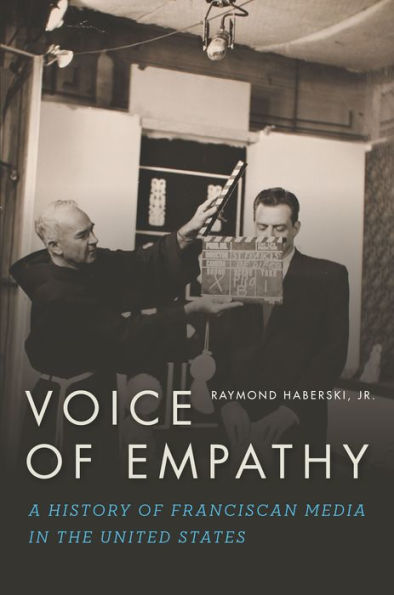

Barnes and Noble
Voice of Empathy: A History Franciscan Media the United States
Current price: $40.00
Loading Inventory...
Size: Hardcover
*Product Information may vary - to confirm product availability, pricing, and additional information please contact Barnes and Noble
Where do we find religion? In places of worship? For many, it can be found in the activities of daily life, from shopping for groceries and making dinner to falling in love and raising children. How do historians write this history? How do they record the significance of religious culture expressed through the mundane and the extraordinaryfrom letters to magazines to praying for miracles at shrines? This study offers more than a century's worth of religion lived through media, particularly Franciscan media.
From the late nineteenth century through the present, Franciscan media have offered Catholics in the United States ways to reflect on and react to the issues of daily life: family, sex, children, obedience to church doctrine (from dietary requirements to treatment of divorced Catholics), communism, and even the moral dimensions of popular culture, especially movies. Interaction through media helped shape Catholic identity, revealing the difficulty of living as a Catholic in modern America. Franciscans wrote for magazines, produced radio shows, developed film projects, and understood that to reach people, they needed to appeal to the heart as well as to the headto speak to the emotion of living one's Catholicism as well as thinking about what Catholicism means.
Voice of Empathy
uses a spectrum of sources, from letters to priests in print magazines such as
St. Anthony Messenger
to scripts for shows such as
The Hour of St. Francis
to the multi-platform work of Mother Angelica and Father Richard Rohr, to highlight the fluid engagement between faith and the secular world. The social, economic, political, and cultural developments that gave shape to Franciscan media also became the context in which Franciscans forged particular approaches to their pastoral ministry. Of particular note,
deals extensively with the central role women have played in Franciscan media as consumers, producers, and shapers of lived Catholicism.
From the late nineteenth century through the present, Franciscan media have offered Catholics in the United States ways to reflect on and react to the issues of daily life: family, sex, children, obedience to church doctrine (from dietary requirements to treatment of divorced Catholics), communism, and even the moral dimensions of popular culture, especially movies. Interaction through media helped shape Catholic identity, revealing the difficulty of living as a Catholic in modern America. Franciscans wrote for magazines, produced radio shows, developed film projects, and understood that to reach people, they needed to appeal to the heart as well as to the headto speak to the emotion of living one's Catholicism as well as thinking about what Catholicism means.
Voice of Empathy
uses a spectrum of sources, from letters to priests in print magazines such as
St. Anthony Messenger
to scripts for shows such as
The Hour of St. Francis
to the multi-platform work of Mother Angelica and Father Richard Rohr, to highlight the fluid engagement between faith and the secular world. The social, economic, political, and cultural developments that gave shape to Franciscan media also became the context in which Franciscans forged particular approaches to their pastoral ministry. Of particular note,
deals extensively with the central role women have played in Franciscan media as consumers, producers, and shapers of lived Catholicism.
